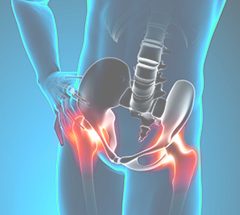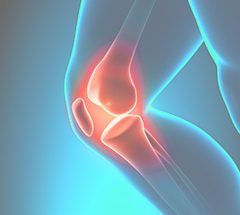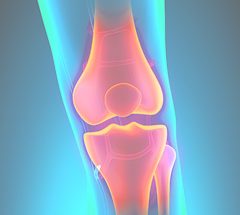
How we value time creates an interesting conundrum.
It’s the most valuable commodity we have – we’re all allocated the same number of hours any given day, we can’t fabricate more, and once they’re gone, there’s nothing we can do to get them back — yet (here comes the paradox!) … we insist on pricing time in a manner that doesn’t honor its value. It works like this:
“Our business needs to make 80 widgets every day. Based on our budget for payroll, if you work eight hours, we’ll pay you $20 per hour, or $160 per day, to make 80 widgets.”
Yet, if time is truly our most valuable commodity, wouldn’t it make sense to pay MORE to get the 80 widgets made FASTER…and LESS, if the job takes LONGER? Shouldn’t the focus not be on a payroll budget, but TIME?
We penalize people for being efficient and good…and reward the opposite. What a mess.
The truth is, we should pay for results. And sometimes we do. That’s why we don’t pay landscapers by the hour to mow the lawn – the value is in the results. Whether it takes 15 minutes or two hours, once they’re gone, we expect tightly trimmed, lush green grass for the dollar amount exchanged. Anything less, and it’s time to find different landscapers.
We don’t pay surgeons by the hour either. Patients expect results. But unlike landscaping, surgery also involves a whole lot of fear, so patients expect the BEST PATH to results.
Enter minimally invasive spine surgery. Otherwise known as delivering results commensurate with 21st century expectations.
Traditional spine surgery is the harbinger of (well-deserved) trepidation:
- The surgeon makes a five to six-inch incision
- Then temporarily pulls the muscles and fascia around the spine aside to get a better view of the injury
- And makes the repair, complete with necessary hardware to make it stick
This leads to long recovery periods and prolonged pain, from the initial hospital stay through the final healing and strengthening process known as physical therapy. Furthermore (and speaking of pain), many patients are now concerned about the use of prescribed opioids throughout the duration of their recovery.
What if there’s a better path? One that minimizes worry and delivers what we all seek – results – especially given the constraints of the commodity known as time?
Thanks to (big surprise) technological advancements, minimally invasive spine surgery lets patients find their way back to normal life faster, with less risk and trepidation.
Minimally Invasive Spine Surgery Benefits:
- Typically two small incision(s), roughly ½ inch each
- Less scarring/smaller scars
- Decreased blood loss during procedure
- Shorter hospital stays
- Less pain, medication, risk of infection, muscle and tissue injury/disruption
- Faster recovery time and return to normal activities
Similarities Between Minimally Invasive Spine Surgery and Traditional Spine Surgery:
- Preoperative imaging including CT scans and MRIs are used to plan the surgery and properly diagnose the injury
- The spine is accessed from the front, rear, or side of the body
- Fluoroscopy – i.e. a continuous x-ray beam passed through the injury site to obtain real-time moving images – guides instrumentation; including post procedure to properly place stabilization items like rods, screws, or plates
Advantages of Minimally Invasive Spine Surgery Over Traditional Spine Surgery:
- Much smaller incision(s)
- Smaller instrumentation: a tubular retractor – which displaces muscle tissue by moving it aside instead of cutting through it – is inserted to keep the muscles surrounding the spine “open” throughout the procedure
- Cameras are sometimes placed inside the tubular retractor to guide the surgery and increase precision during repair
Bottom Line: a more effective surgery, faster, with less risk, pain, and a shorter recovery period
However, just like any procedure, minimally invasive spine surgery may not be the right choice for every patient. Heart disease, diabetes, and osteoporosis may cause unforeseen complications. Surgeons consider age, pre-existing conditions, overall health, and functional ability before recommending this surgery.
Furthermore, proper consultation is key – spinal surgery may not be necessary; like any big decision, doctors evaluate the nature of the industry, the desired outcome, the options available to achieve that outcome, and all the contingencies that need to happen within each option to determine which is the right choice.
If you think minimally invasive spine surgery may be the right fit – or have any questions about this procedure or your overall orthopedic health – consult one of our orthopedic physicians to learn more.
Want to know more about what we do, or how you can find better paths to living pain-free, with less worry? Click here to find a ProOrtho clinic near you and give us a call. We’re happy to help!
Citations:
Minimally Invasive Spinal Surgery, Mayo Clinic, April 29, 2016
Tubular Retraction System for Neurosurgery, Johns Hopkins Medicine













